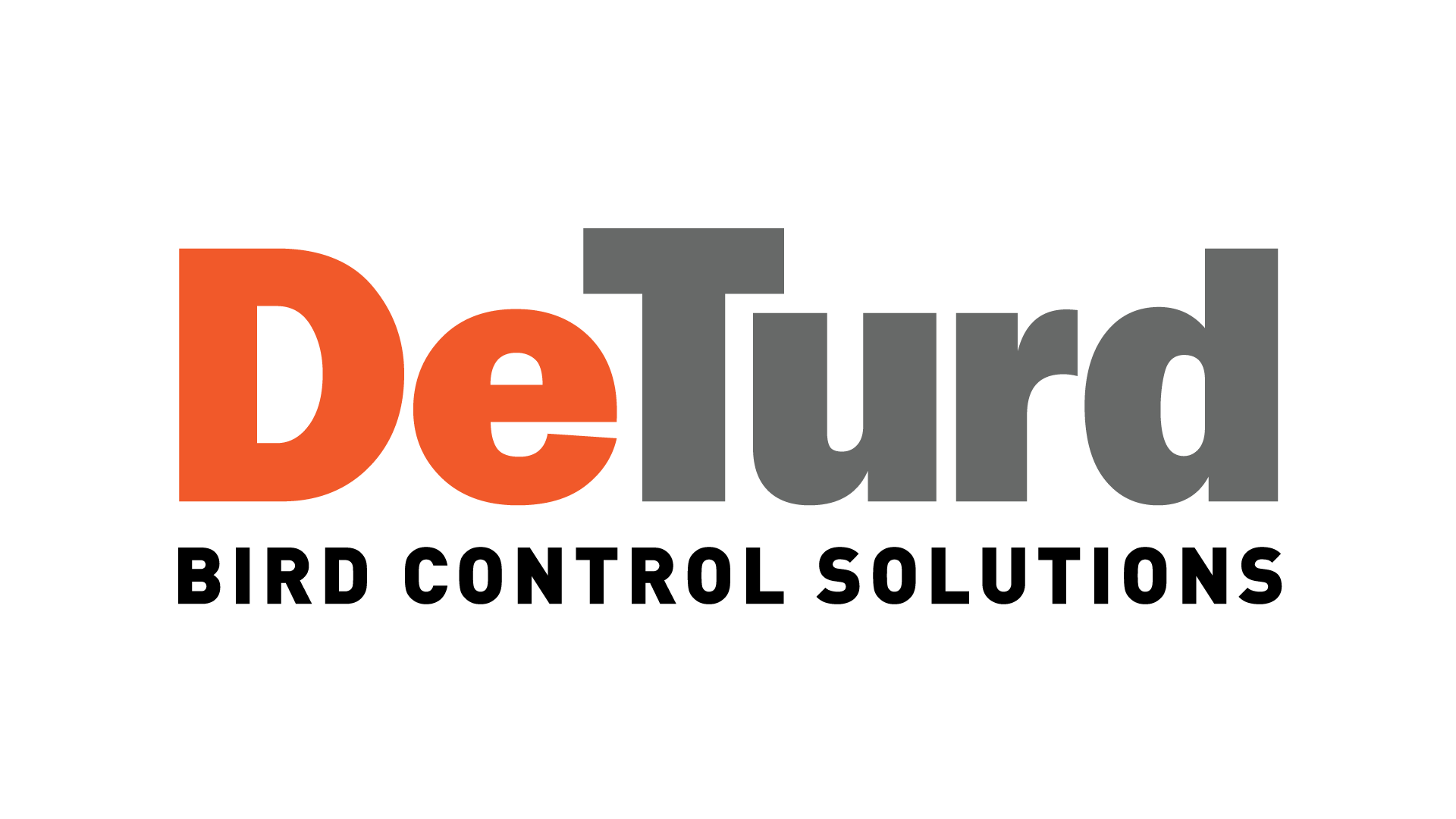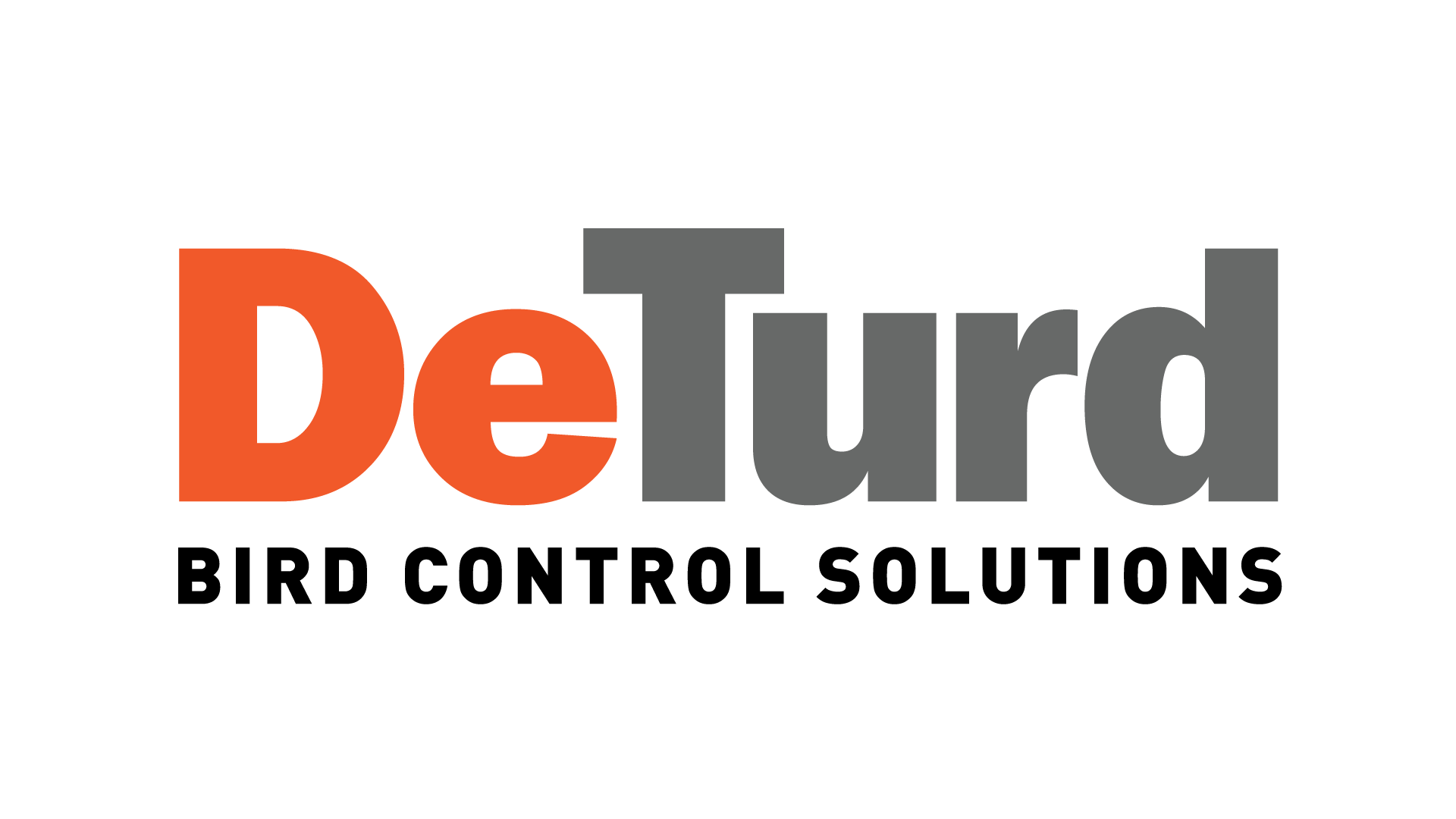BIRD TRAPPING
Are there pigeons on your building?
As soon as you notice birds congregating on your building immediately start a program to deter them from making your building their home. The sooner pest birds are gone the lower the cost you will incur and less damage to your building. Honestly, we are not saying this to increase our profits. Early bird control will decrease our profits! If you wait until there is a large population of pigeons on your building it is very expensive and time consuming to remove them.
Why is a bird trapping program effective?
Bird control almost always requires several angles of attack to succeed. The first goal of pigeon control is to remove and prevent pigeons from living on your building. We call these birds resident pigeons.
For bird spikes and bird control netting to be effective ideally most of the pigeons are first removed. Bird trapping is an excellent method to quickly reduce bird numbers. The result? With much of the resident pigeon population gone, the remaining birds will likely leave, and netting and bird spikes become very effective.
Trap designs:
Today’s modern pigeon traps are simple and humane. Our traps have two or three swing doors that let pigeons walk in but they cannot get out. The door size lets only pigeons enter. Larger birds such as seagulls, hawks, or eagles cannot enter. Trap size is about 12 inches high x 24 inches x 36 inches. Our traps can hold up to 12 birds at a time.
The top side of the bird trap has shade cloth to stop birds from overheating. Inside the trap is a bird water bottle and tray containing bird seed (bait). This trap design does not stress or traumatize pigeons. In fact, generally they are happy as long as there is food. Much like a canary in a cage.
What is the best trap location?
Traps should be located very near where pigeons roost or feed, and if possible, under cover as rain will spoil the feed. The traps also should be easily visible to the target birds and yet out of public view.
Being out of public view can be a challenge in city environments. On occasion people in high rises will see pigeon traps located on lower roof tops and complain. Also traps that are in view and accessible can sometimes be stolen. Try to use building structures, like HVAC screens or air conditioning units, to hide or block the view of your bird traps.
Generally, a flat area is best but traps can also be placed on sloped areas if blocking or adjustable legs are used. However, the pigeon trap must be on level footing so that the trap doors work properly.
Who owns the pigeon trap?
We provide brand new traps to each job site. You become the owner and the trap can generally be kept on location and used for many years.
What pigeon trap bait is used?
Whole dried corn is most often used. Why? Small birds cannot swallow the large kernels and will not enter the trap. However, many other kinds of bait can be used. We have found house brand grocery store granola very effective and low-cost pigeon bait. Remember it is important to keep the pigeon trap dry. Rain will cause the bait to quickly swell and spoil.
How do I bait the pigeon trap?
- After determining the best location, place the bird trap with the doors tied open. Put bird bait (corn or other feed) and water inside the trap. Also cast a little seed on top of the trap and light trails of seed leading to each trap door. Also put bait on perching areas if possible. Make sure there is a generous amount of bait in the trap. This will teach the pigeons that the trap is the main source and best place to find food.
- Leave the trap with doors open for about a week. In the middle of this week, do a quick check and replenish the bait and water if needed. If bait is not eaten, then move the trap to a new location and repeat the above process. The pigeons must eat the bait and become familiar with the trap.
How do I set and service the bird trap?
After a week, the pigeons will be relaxed around the trap and freely entering and leaving at will. Now is the time to untie the trap doors and refresh the bait seed in and around the trap. If the birds had been eating the bait, the next day you will find pigeons in the trap. Remove all the trapped birds but leave two pigeons in the trap . These two trapped birds will attract others to enter. Make sure there is fresh feed and water. If after 2 visits you find the birds are not entering the trap, then tie open the trap doors and let the birds come and go for another week then reset the doors. We recommend a 3 to 8 week trapping program.
It is important you remain out of public view when removing pigeons from the traps. We don’t recommend releasing the pigeons in another area as they will quickly return to your building. Remember pigeons are great at returning to their homes. They are called ” homing pigeons” for a reason! We recommend humanely eliminating pest birds and immediately releasing non-pest birds.
How do you feel about killing pest birds?
The question can be asked about any pest animal that dirties or destroys your property. What about mice and rats in your home, food, restaurants and public buildings?
Let’s explain pigeons for a moment. Pigeons build their nests in their own feces and with the nesting pigeons bring mites, lice and many other manure related insects and bacteria. Within a short time pigeon crap can accumulate to a vast volume of manure. Pigeon feces is acidic. This acidity will destroy metal and paint, stain glass, etc. It will damage heating and ventilation and air conditioning. Pigeon feces will dissolve concrete and plaster exteriors of buildings. City pigeons are on and equal footing to city rats – unwanted! In fact, we feel they are flying rats.
Crazy question. Can I eat trapped pigeons?
Yes, technically you could, but it is not recommended. That said, for thousands of years humans have eaten pigeons and still do in many places. In Western cuisine it is referred to as squab. The trouble with city pigeons is that the food they eat is often dirty garbage. Pigeons are what they eat!
Food grade squab (pigeon) is grain fed. If you happen to live in the countryside, the pigeons would eat mostly vegetation and hence be clean to eat. But a city bird is a dirty bird! Don’t eat it.
Why did we stop eating pigeons?
We mostly stopped eating pigeons when factory chickens entered the food market. Chickens grow bigger and faster on less food than pigeons. So the cost to raise a chicken is much cheaper. As we know, the market is the driver. There are still pigeon plants and they have a good business selling to high end restaurants.

